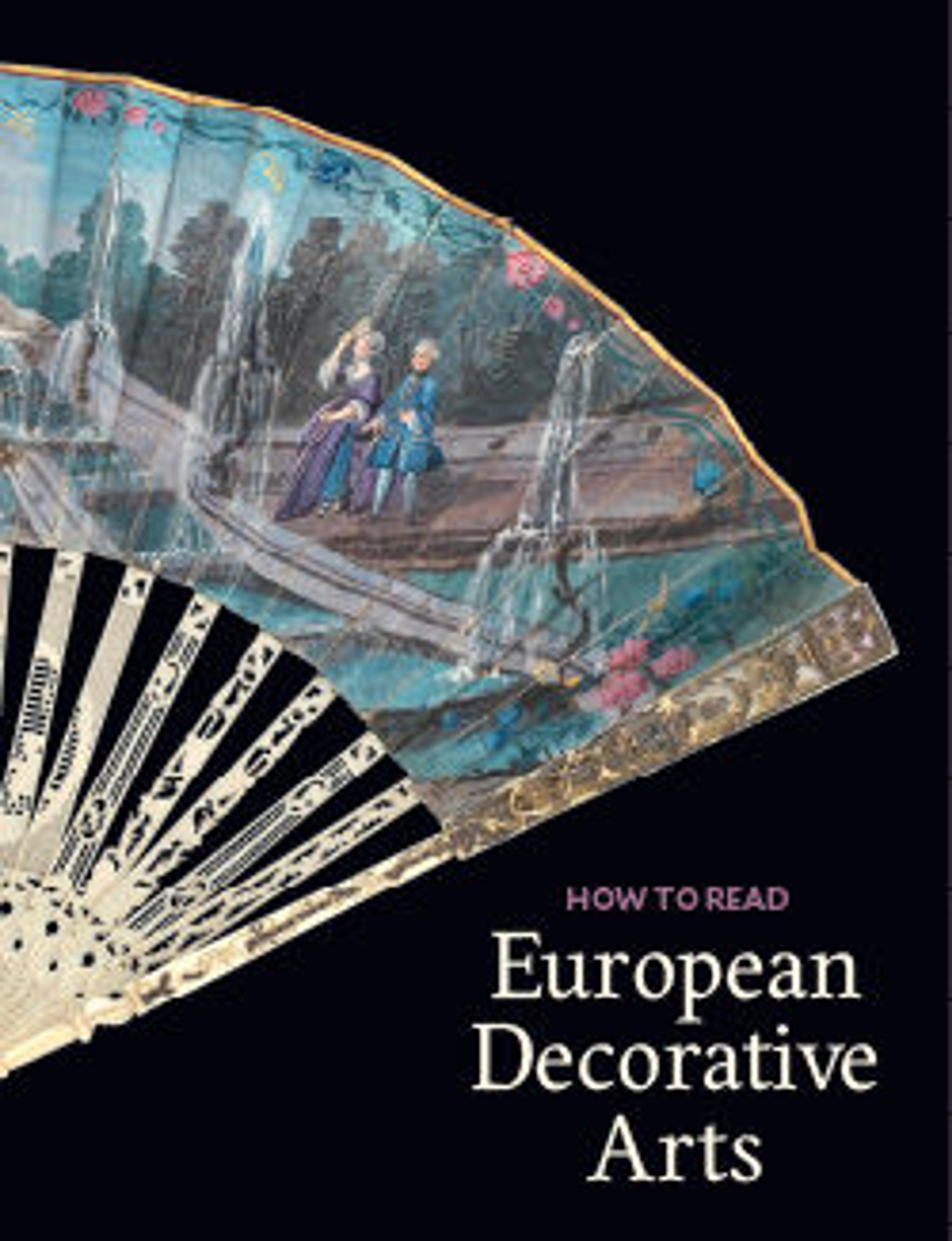Chalice à soleil
This chalice, made in the early French Renaissance, is decorated with motifs that derived from the late medieval period: wavy sun rays on the bowl and dome of the foot, which evoke the meditation on the Sacred Monogram as preached by Saint Bernardin of Siena (d. 1444). These lively features are joined by others taken from the more static repertoire of classical ornament derived from Roman architecture: a stem formed as a fluted column, the flutes alternately channeled; beading at the junction of stem and foot; acanthus on the upper and lower poles of the knop; and a wreath encircling the step of the foot. Fleurs-de-lis, emblems of the French crown, are found here as also on other French liturgical objects of the sixteenth century and may refer to the control over the church in France won by Francis I from Pope Leo X by the Concordat of Bologna in 1515. A shield-shaped frame on the foot encloses an insert engraved with the arms, episcopal hat, and angelic supporters of Bishop Fabio Mirto Frangipani. He was papal nuncio to the court of Charles IX from 1568 to 1572 and again in 1586. This plaque replaces an earlier insert, which may have been engraved with the arms of the previous owner.
Artwork Details
- Title: Chalice à soleil
- Date: 1532–33
- Culture: French, Paris
- Medium: Gilded silver
- Dimensions: Height: 8 1/4 in. (21 cm)
- Classification: Metalwork-Silver
- Credit Line: Purchase, Mr. and Mrs. John H. Gutfreund Gift, 1996
- Object Number: 1996.287
- Curatorial Department: European Sculpture and Decorative Arts
More Artwork
Research Resources
The Met provides unparalleled resources for research and welcomes an international community of students and scholars. The Met's Open Access API is where creators and researchers can connect to the The Met collection. Open Access data and public domain images are available for unrestricted commercial and noncommercial use without permission or fee.
To request images under copyright and other restrictions, please use this Image Request form.
Feedback
We continue to research and examine historical and cultural context for objects in The Met collection. If you have comments or questions about this object record, please complete and submit this form. The Museum looks forward to receiving your comments.
